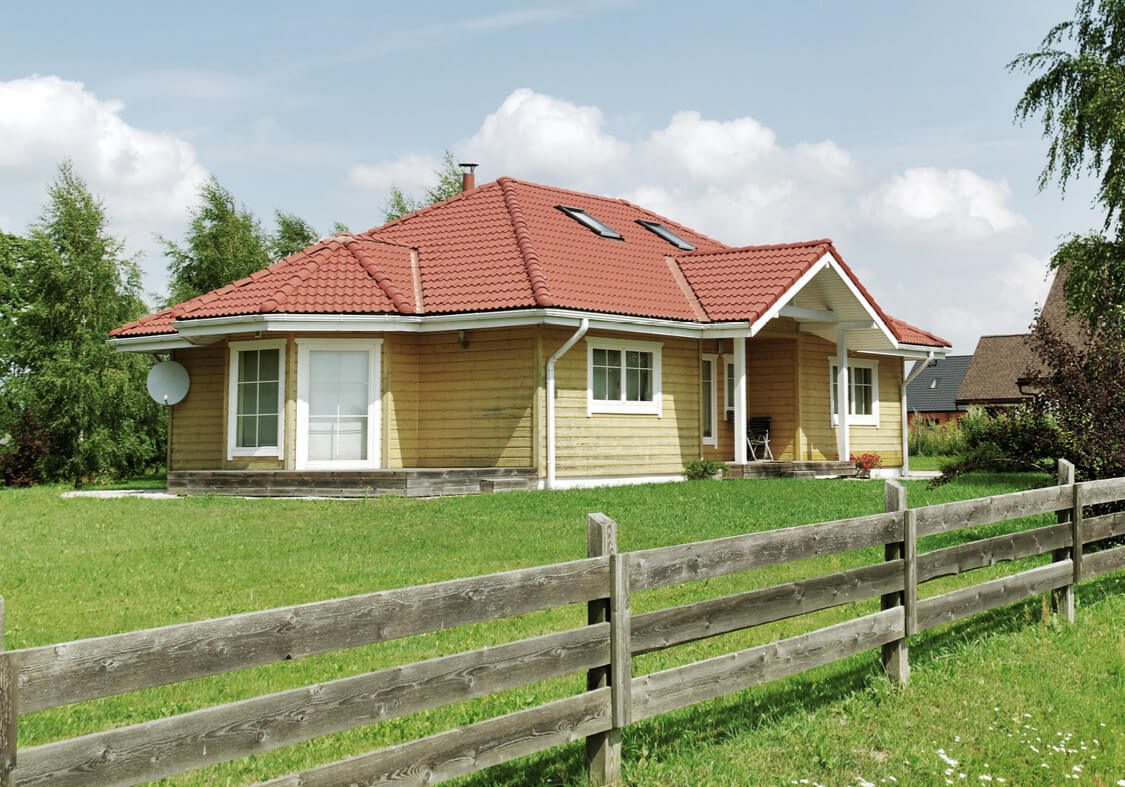What You Need To Know About Rural Housing Loans
If you are looking to buy a home, then there are several options available to help finance this purchase, especially if you can’t afford the traditional mortgages.
One such loan is the rural housing loan. Rural housing loans are also referred to as USDA loans, which is short for the U.S. Department of Agriculture Rural Development Guaranteed Housing Loan Program.
Rural housing loans geared towards promoting development in rural areas. The USDA believes that by enabling people in rural areas to own homes, then this can not only help to build stronger communities but it also helps to improve the quality of life in these regions.

What Exactly is A Rural Housing Loan?
A rural housing loan is a no-down payment government-backed mortgage that helps to make owning a home more affordable to families in rural areas. This loan is backed by the Department of Agriculture. Since it is government-backed, mortgage lenders usually offer it at lower interest rates than conventional loans. People who qualify for this loan are able to buy a home without placing a down payment, but they will still have to pay the closing costs.
What Makes Rural Housing Loans Different From Conventional Loans?
In this context, the terms “conventional loans” refers to the types of loans that don’t receive government backing. When it comes to paying back for these loans, you make monthly payments with interests. USDA loans differ from conventional loans in several ways.
No Down Payments
One of the biggest challenges that deter people from buying homes is raising enough cash for a down payment and closing costs. While there are some conventional mortgage lenders that offer loans with a down payment below 20%, the payments are usually higher due to the inclusion of Private Mortgage Insurance.
However, if you are looking for a mortgage loan that doesn’t require any down payment, then there only two types of loans that you can go for: VA loans(if you are a veteran or a veteran’s family member) or a USDA loan. But remember that you will still have to pay the closing costs.
Low Rate Mortgage Insurance
In rural housing loans, you still have to pay for mortgage insurance, however, it is far much less than then Private Mortgage Insurance applied in conventional loans. The mortgage insurance rate is capped at 1% of the loan amount and this payment is meant to support the rural housing loan program .
Appraisals
While an appraisal by an independent third party is required when applying for both a USDA loan and any conventional loan, they are meant for varying purposes. When it comes to conventional loans, the appraisal is done to ensure that the approved loan amount fits the value of the home. This is important because the lenders have to make sure that they will be able to recoup their losses from the price of the property in case you default on your payments.
You can hire a home inspector to give you a detailed report on the actual condition of the home; any issues with the plumbing system, electrical system, HVAC system; and any other potential issues.
In the case of rural housing loans, an appraisal is done to ensure that the approved loan amount fits the value of the home. Secondly, it is done to ensure that the home is in good condition that meets all the USDA standards. This means that the appraiser will have to carry out inspections to ensure that the roof, heating, plumbing, and other aspects of the home are functioning properly, in optimum condition, and are up to code. It shouldn’t have issues structural damages and other issues such as damaged doors and windows.
As you can see, rural housing loans significantly help to make housing affordable to people eligible in rural areas. If you live in an eligible area are looking to own a home, then you should consider applying for a rural housing loan. Remember. you won’t have to pay any down payment and will benefit from a low interest rate.
